Both Lisbon and Barcelona shine as vibrant European destinations offering stunning architecture, rich culture, and exceptional cuisine. Yet Portugal’s capital often stands in the shadow of its more famous Spanish counterpart despite offering equally compelling, and sometimes superior, experiences. The charm of Lisbon reveals itself more subtly, rewarding visitors who choose this Atlantic gem with authentic encounters and unexpected delights.
Here is a list of 20 reasons why Lisbon deserves consideration over Barcelona for your next European adventure.
Lower Prices

Your euro stretches significantly further in Portugal’s capital, from accommodation to dining and attractions. A typical meal in a mid-range restaurant costs about 30-40% less than comparable options in Barcelona, while quality accommodations average similar savings.
The exceptional value extends to public transportation, museum entries, and even fine dining experiences where Michelin-starred establishments charge notably less than their Spanish counterparts.
Fewer Crowds
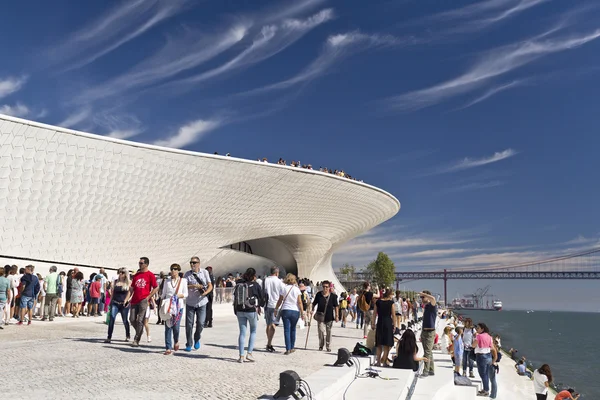
Lisbon welcomes roughly half the annual visitors of Barcelona, creating noticeably more breathing room at major attractions and authentic neighborhood experiences. Even during high season, popular sites like São Jorge Castle or Jerónimos Monastery rarely require the long queues common at Barcelona landmarks.
The less congested atmosphere allows for spontaneous exploration and chance discoveries that increasingly elude visitors to more tourist-saturated destinations.
Like Travel Pug’s content? Follow us on MSN.
Superior Seafood

The Atlantic location provides Lisbon with remarkably fresh and diverse seafood that distinguishes Portuguese cuisine. The city’s signature dish—bacalhau (salt cod)—appears in hundreds of preparations, while grilled sardines, octopus, and percebes (goose barnacles) showcase the bounty of local waters.
Marisqueiras (seafood restaurants) serve catch of the day selections that often arrive at the dock that morning, creating dining experiences that even Barcelona’s respected seafood scene cannot consistently match.
Authentic Neighborhoods

Gentrification has progressed more slowly in Lisbon, preserving distinct neighborhood identities and local businesses across the city. Areas like Mouraria and Graça maintain their working-class Portuguese character, with family-owned tascas (taverns) and specialty shops continuing decades-old traditions.
The contrast with Barcelona’s more heavily transformed neighborhoods like El Born offers travelers seeking authentic local culture a compelling reason to choose the Portuguese capital.
Pastries and Coffee Culture

The Portuguese pastelaria (pastry shop) tradition outshines its Spanish counterpart with exceptional variety and quality, particularly the iconic pastel de nata (custard tart). Locals treat coffee breaks as sacred daily rituals, with hundreds of historic cafes serving perfectly executed espresso alongside freshly made pastries for remarkably reasonable prices.
The combination of quality, atmosphere, and value creates daily pleasures that become cherished travel memories.
Like Travel Pug’s content? Follow us on MSN.
Stunning Miradouros
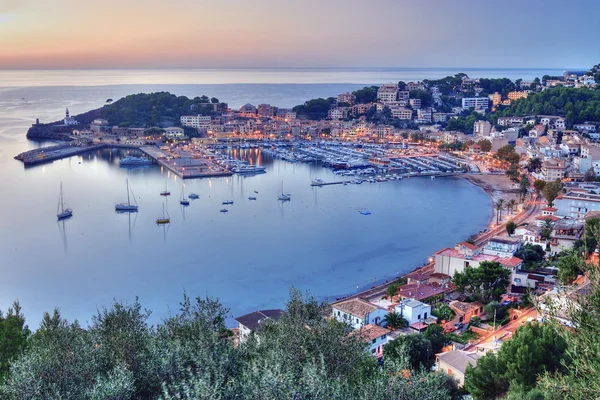
Lisbon’s seven hills create dozens of breathtaking viewpoints (miradouros) offering panoramic vistas across the city to the Tagus River. These public terraces, often equipped with kiosk cafes serving affordable drinks, provide natural gathering spots for sunset appreciation and spontaneous socializing.
Barcelona, while not lacking in views, offers fewer such accessible panoramas that so perfectly capture the soul and geography of the city in a single glance.
The Sound of Fado

Portugal’s soulful musical tradition resonates through Lisbon’s oldest neighborhoods, provides emotional connections to the culture that run deeper than typical tourist experiences. Small fado houses in Alfama and Mouraria showcase this UNESCO-recognized heritage in intimate settings where powerful voices express the uniquely Portuguese concept of saudade (longing).
The experience offers cultural depth that differs fundamentally from Barcelona’s more internationally influenced music scene.
Distinctive Architecture

While lacking Gaudí’s singular creations, Lisbon compensates with architectural diversity spanning Roman foundations to ultra-modern innovations. The distinctive Portuguese Manueline style creates gothic-influenced masterpieces like Jerónimos Monastery, while ornate tilework adorns buildings throughout the city.
The post-1755 earthquake Pombaline downtown showcases one of the world’s first earthquake-resistant architectural styles, creating a uniquely Portuguese urban environment.
Superior Beaches
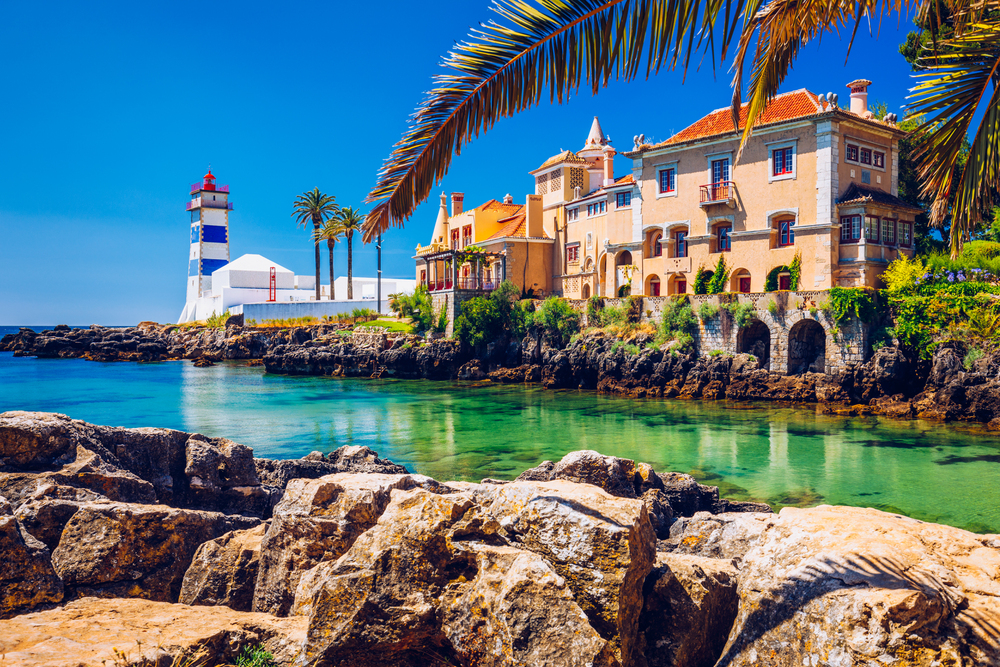
The Costa da Caparica and Cascais-Estoril coastlines offer dozens of stunning Atlantic beaches easily accessible from the city center. Clean sands and powerful ocean waves attract surfers and sunbathers to shores that are less crowded than Barcelona’s urban beaches.
The dramatic natural setting of spots like Guincho Beach, with mountains meeting the ocean under frequent spectacular sunsets, provides experiences that Barcelona’s more developed Mediterranean coastline cannot match.
The Enchantment of Sintra

Just 45 minutes from downtown Lisbon, the UNESCO World Heritage landscape of Sintra offers fairytale palaces and mysterious estates set among misty forests. This extraordinary day trip destination features the colorful Pena Palace, enigmatic Quinta da Regaleira with its mystical initiation well, and the dramatic Moorish Castle.
The ease of access and concentration of remarkable sites outshines even the best day trip options from Barcelona.
Excellent Public Transportation
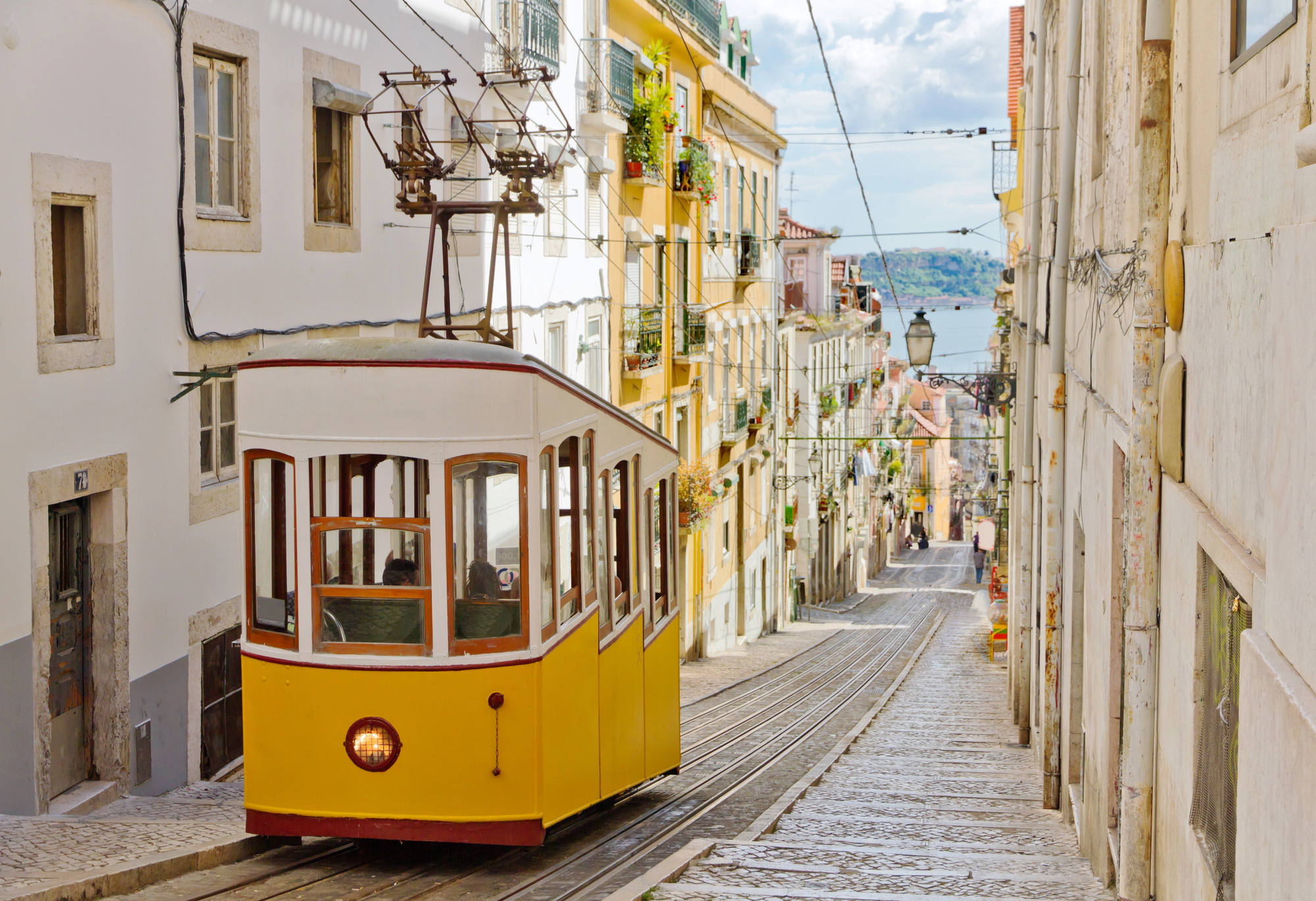
Lisbon’s comprehensive and affordable network combines charming historic trams with an efficient modern metro system. The iconic yellow Tram 28 provides both practical transportation and a scenic tour through historic neighborhoods for the standard fare of under €2.
The comprehensive network, including funiculars climbing the steepest hills, makes exploration remarkably easy without the overcrowding that frequently affects Barcelona’s most popular routes.
Safer Streets
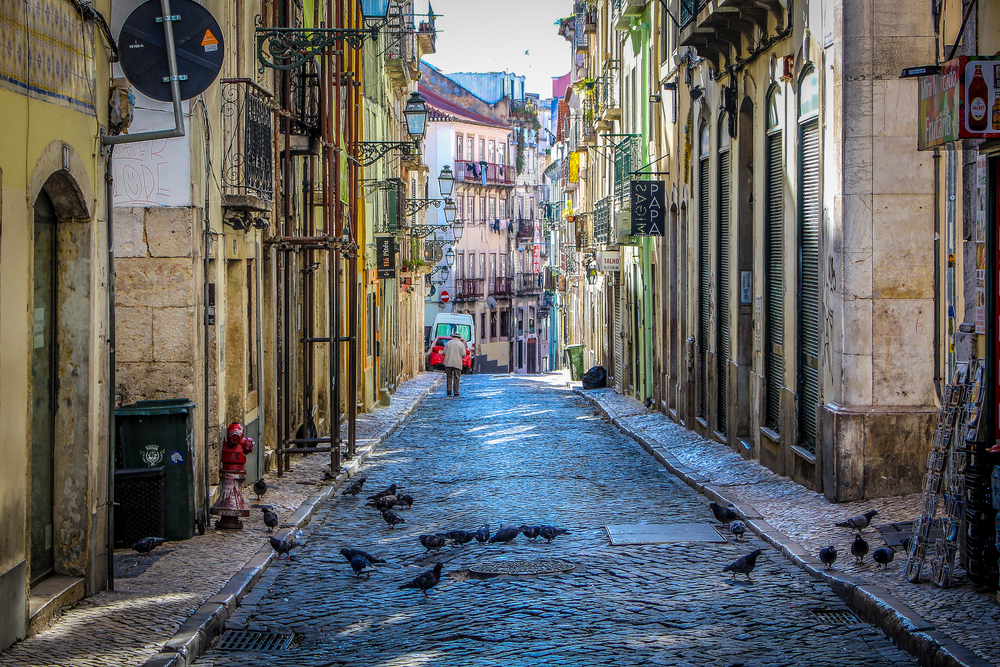
Statistics consistently rank Lisbon among Europe’s safest capitals, with notably lower rates of tourist-targeted crime than Barcelona. Visitors report significantly fewer incidents of pickpocketing and scams, which unfortunately remain common in certain Barcelona areas.
The general atmosphere of security allows for more relaxed exploration even in less-traveled neighborhoods, which is particularly valuable for solo travelers seeking authentic experiences.
The Magic of Azulejos

Distinctive blue and white ceramic tiles adorn buildings throughout Lisbon, creating open-air galleries showcasing five centuries of decorative art. The National Tile Museum houses extraordinary examples, while countless churches, palaces, and even ordinary buildings display these practical artworks that tell Portugal’s story.
This unique cultural expression differentiates Lisbon visually from other European capitals and offers endless photographic opportunities.
LX Factory and Creative Culture

Abandoned industrial spaces transformed into creative hubs showcase Lisbon’s thriving artistic renaissance without the commercialization seen in similar Barcelona districts. The LX Factory complex, in a former fabric manufacturing facility, houses independent designers, bookstores, restaurants, and performance spaces.
The raw, evolving nature of these spaces contrasts with Barcelona’s more established creative districts, offering glimpses into Portuguese creative culture as it develops.
The Warmth of Portuguese Hospitality
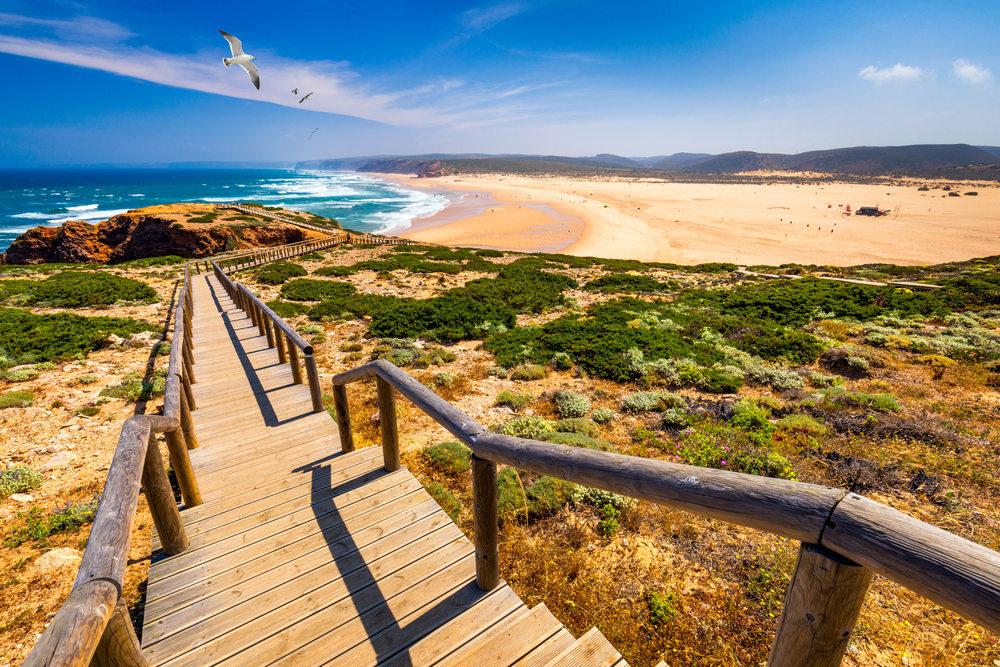
Locals demonstrate genuine interest in visitor experiences and willingly assist with directions or recommendations despite any language barriers. This natural hospitality extends from formal tourism settings to everyday interactions in markets, shops, and neighborhood restaurants.
The distinct openness and patience toward visitors create more meaningful connections than typically possible in Barcelona’s more tourism-saturated environment.
Day Trip to Évora
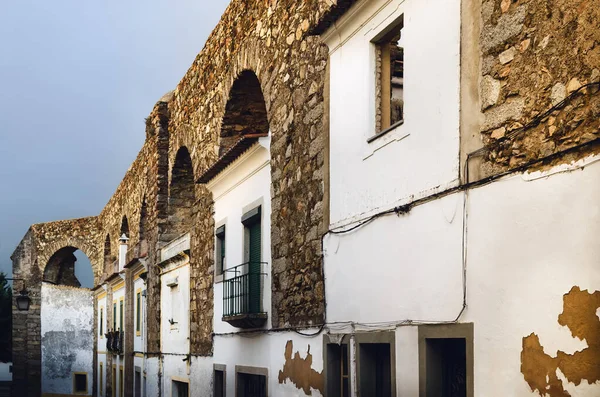
The remarkably preserved medieval city of Évora, just 90 minutes from Lisbon, offers Roman ruins, a chapel decorated with human bones, and a complete Gothic cathedral within fully intact 14th-century walls. This UNESCO World Heritage site provides an accessible glimpse into Portugal’s deep historical layers without the extensive travel required for comparable experiences from Barcelona.
The surrounding Alentejo region adds opportunities for wine tasting and culinary exploration.
Tram 28’s Scenic Journey
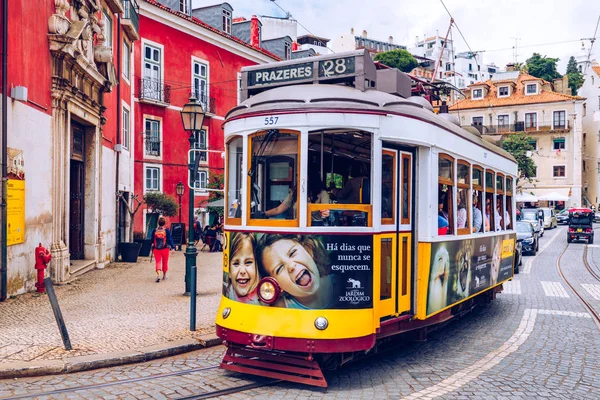
The historic wooden tram provides an unmatched city tour for the price of a regular transit ticket, climbing steep hills and navigating impossibly narrow streets. The route connects major attractions while passing through diverse neighborhoods, offering both practical transportation and a quintessential Lisbon experience.
The journey surpasses any public transportation experience available in Barcelona, functioning as both an authentic local service and a tourist attraction simultaneously.
The Elegance of Portuguese Wine
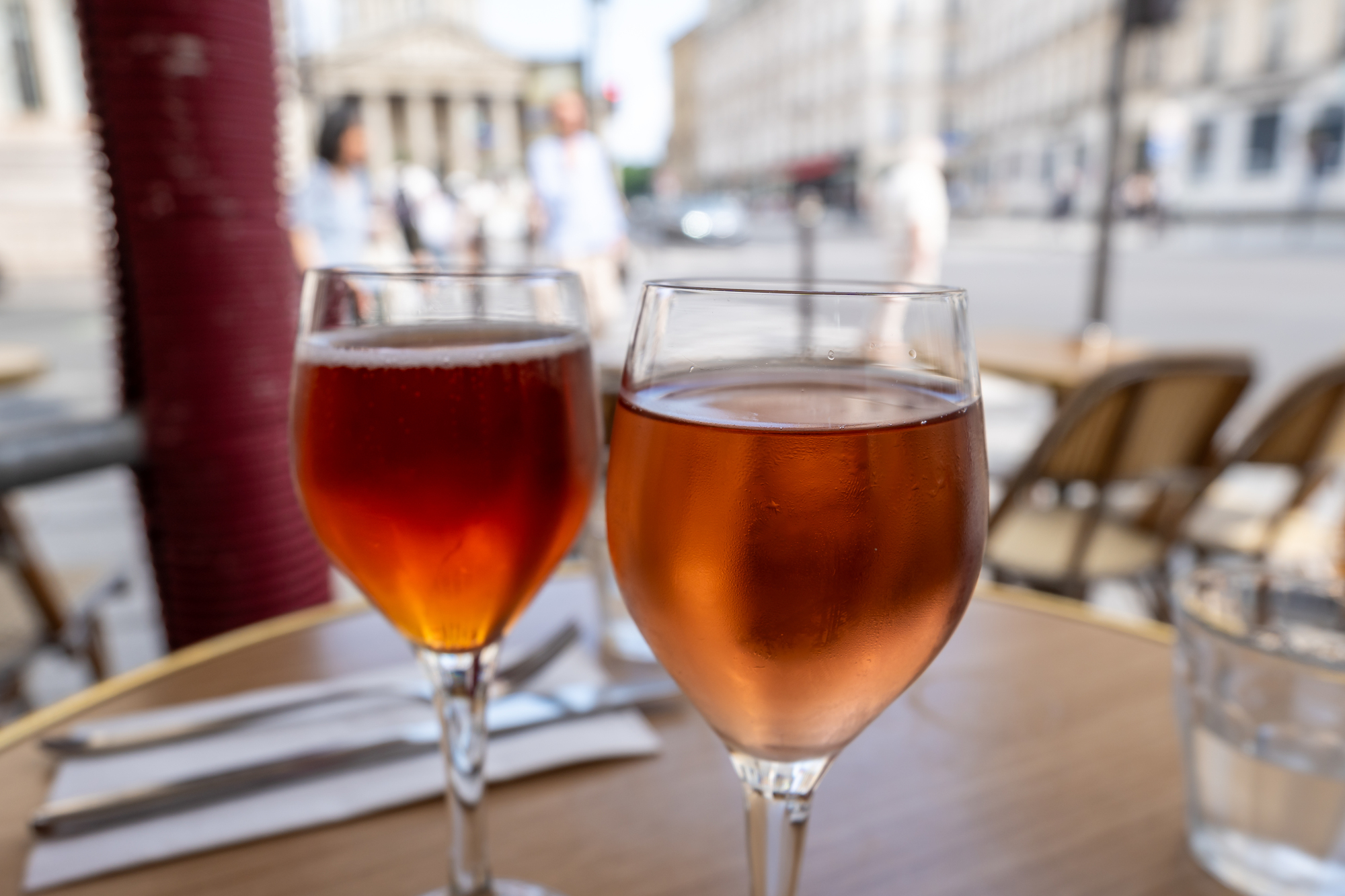
Lisbon offers exceptional wine values with glasses of quality local varieties starting around €3 in neighborhood establishments. The nearby regions produce distinctive wines, including the slightly effervescent Vinho Verde and rich reds from Alentejo, available at prices far below comparable Spanish offerings in Barcelona.
Specialized wine bars provide educational tastings of these less internationally known varieties, creating accessible experiences for both connoisseurs and casual enthusiasts.
The Time Capsule of Belém
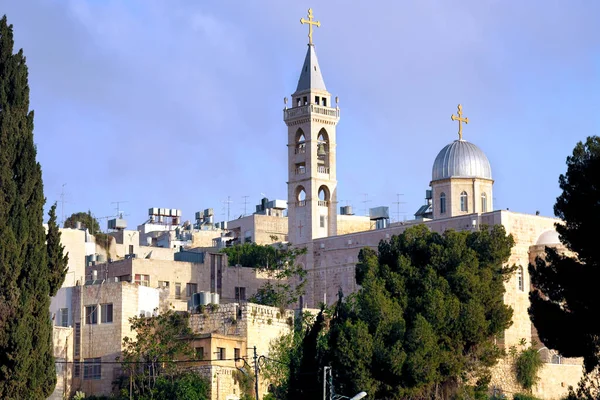
This historic district combines Portugal’s most significant monuments with beloved culinary traditions in a beautifully preserved riverside setting. The Tower of Belém and Jerónimos Monastery showcase the wealth and ambition of Portugal’s Age of Discovery.
At the same time, the original Pastéis de Belém café continues making custard tarts from a secret recipe dating to 1837. The concentration of historical significance in a manageable, picturesque area creates more cohesive experiences than Barcelona’s more dispersed historic sites.
The Atlantic Perspective

Lisbon’s position facing the open Atlantic created a distinct cultural outlook connecting Europe with Africa and the Americas long before Barcelona’s Mediterranean trade networks expanded globally. This historical perspective remains evident in everything from culinary influences to architectural details and cultural celebrations throughout the city.
The resulting atmosphere offers travelers a different European experience—equally rich but less familiar—than Barcelona’s more recognizable Mediterranean character.
The Lisbon Experience
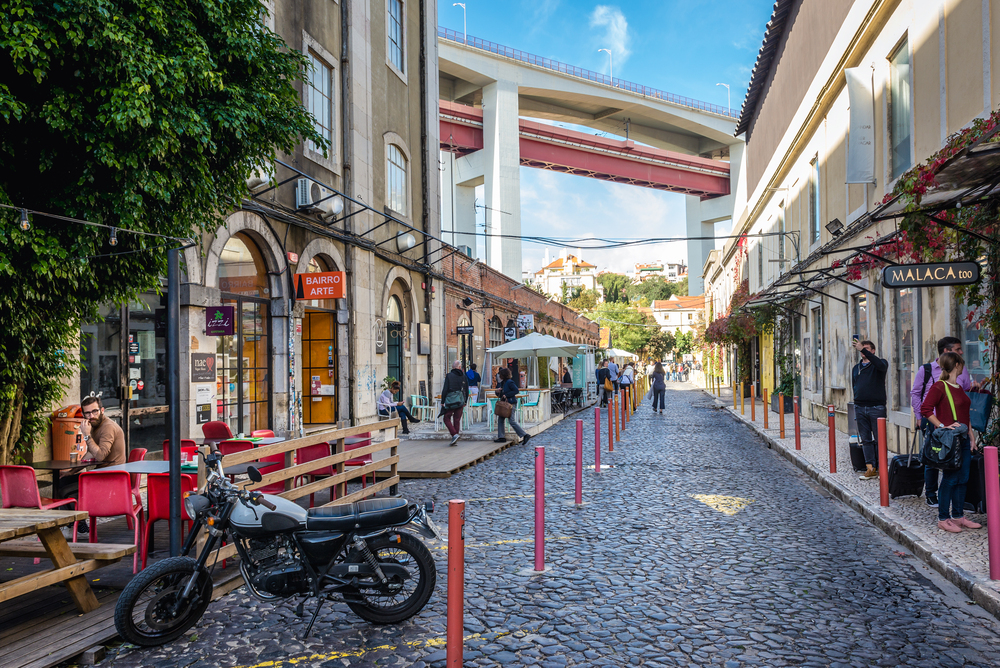
The true advantage of choosing Lisbon emerges not from any single attraction but from the complete experience of a city balancing preservation and progress on a more human scale. The Portuguese capital rewards visitors with unexpected moments of beauty, connection, and discovery that increasingly elude travelers in more heavily touristed destinations.
Both cities deserve their reputations as extraordinary European destinations, but Lisbon offers more opportunities for the authentic experiences most travelers ultimately seek. The comparative value, fewer crowds, and distinctive Portuguese character create memories that often resonate more deeply than those made along more well-trodden paths.
More from Travel Pug

- Cities Growing so Fast You Won’t Recognize Them in 10 Years
- 13 Destinations Where Tourists Regularly Regret Their Trip
- 16 U.S. Cities That Are Quietly Becoming Travel Hotspots
- Where to Travel If You Love Long Bus Rides and Daydreams
- 20 Cities Perfect for Solo Travelers Who Crave Adventure & Culture
Like Travel Pug’s content? Follow us on MSN.
